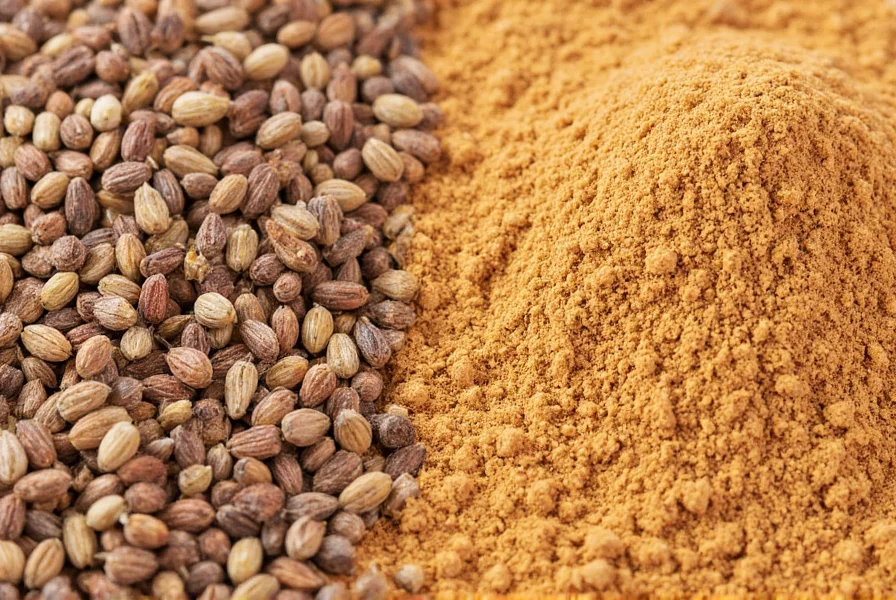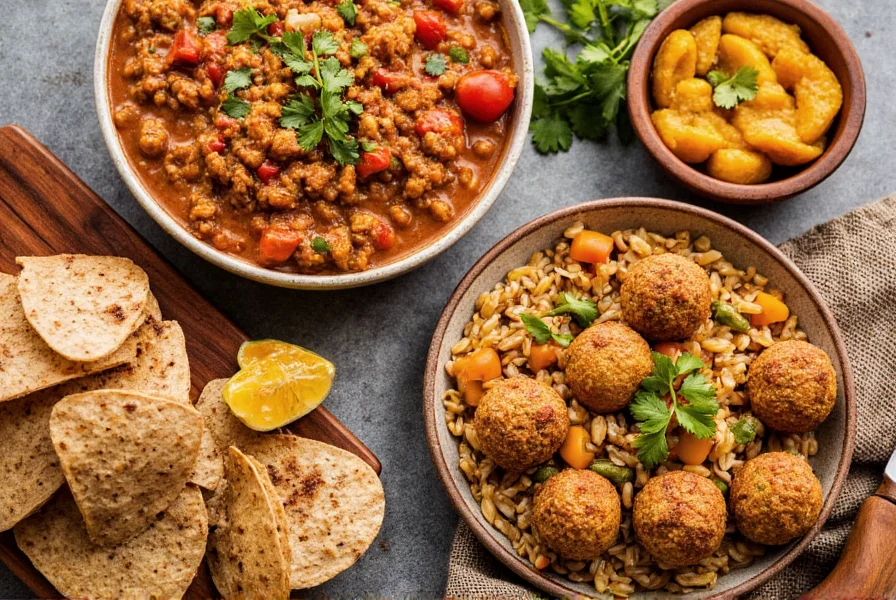The term 'cumins' is a common misspelling of 'cumin'—a versatile spice derived from the Cuminum cyminum plant. Cumin seeds, whether ground or whole, are essential in global cuisines for their warm, earthy flavor and numerous health benefits. This guide clarifies the spelling confusion and provides practical insights for culinary use.
When searching for 'cumins,' you're likely looking for information about cumin, one of the world's most widely used spices. This common misspelling occurs frequently in culinary queries, but understanding the correct terminology unlocks valuable knowledge about this aromatic seed's applications, benefits, and proper usage in cooking.
What Exactly Is Cumin?
Cumin (Cuminum cyminum) is a flowering plant in the Apiaceae family, native to the Eastern Mediterranean and South Asia. The dried seeds are used as a spice, prized for their distinctive warm, slightly bitter, and earthy flavor profile with subtle citrus notes. Unlike the misspelled 'cumins,' cumin refers to both the whole seeds and the ground powder form.

Cumin Varieties and Forms
Culinarily, cumin appears in two primary forms:
| Form | Characteristics | Best Uses |
|---|---|---|
| Whole cumin seeds | Small, crescent-shaped seeds with intense aroma | Dry roasting, tempering, pickling, and long-cooking dishes |
| Ground cumin | Fine powder with immediate flavor release | Quick-cooking recipes, spice blends, marinades, and dressings |
Flavor Profile and Culinary Applications
Cumin's distinctive earthy, warm flavor with hints of lemon and pungency makes it indispensable in many global cuisines. Understanding how to use cumin in cooking properly maximizes its potential:
- Dry roasting: Toast whole seeds in a dry pan for 1-2 minutes to intensify flavor before grinding
- Tempering: Add seeds to hot oil at the beginning of cooking to bloom flavors
- Spice blends: Essential in curry powders, garam masala, chili powder, and adobo seasoning
- Meat rubs: Complements lamb, beef, and poultry exceptionally well
Chefs seeking authentic Middle Eastern recipes with cumin will find it in hummus, falafel, and baharat spice mixtures. In Mexican cuisine, it's crucial for proper chili con carne and taco seasoning. Indian kitchens use it in virtually all savory dishes, while North African tagines rely on cumin for depth of flavor.
Nutritional Benefits and Health Properties
Beyond flavor, cumin offers impressive health benefits of cumin supported by nutritional science. One teaspoon (2.1g) of ground cumin contains:
- 3.3% of daily iron needs - vital for oxygen transport
- Significant manganese for bone health and metabolism
- Antioxidants including terpenes, phenols, and flavonoids
- Dietary fiber supporting digestive health
Research suggests cumin may aid digestion, improve blood cholesterol levels, and provide anti-inflammatory effects. Traditional medicine systems have used cumin for centuries to address digestive issues and respiratory conditions.

Proper Storage Techniques
To maintain maximum flavor and potency when working with cumin vs cumins spelling variants, proper storage is essential:
- Store whole seeds in airtight containers away from light and heat
- Ground cumin loses potency faster - use within 6 months for best flavor
- Refrigeration extends shelf life but may cause clumping in ground form
- Freezing whole seeds preserves freshness for up to 2 years
For optimal flavor in your cumin substitute in recipes experiments, always check the aroma before use. Fresh cumin should have a strong, warm scent. If it smells dusty or faint, it's lost potency and should be replaced.
Common Substitutes and Alternatives
When you need a cumin substitute in recipes, consider these alternatives based on your specific culinary needs:
- Caraway seeds: Similar earthy flavor but more floral (use 3/4 quantity)
- Coriander: Citrus notes with less earthiness (use 1:1 ratio)
- Chili powder: Contains cumin plus other spices (adjust for heat)
- Fennel seeds: Sweeter profile but similar texture (use sparingly)
For authentic results in traditional Indian dishes requiring cumin, substitutes rarely provide the same depth. When possible, seek authentic cumin rather than relying on alternatives.
Frequently Asked Questions
Is cumins the correct spelling for the spice?
No, 'cumins' is a common misspelling. The correct spelling is 'cumin' whether referring to the whole seeds or ground powder. This spelling clarification is essential when searching for authentic recipes or purchasing the spice.
What's the difference between ground cumin and whole cumin seeds?
Whole cumin seeds maintain their flavor longer and require toasting before use to release maximum aroma. Ground cumin offers immediate flavor but loses potency faster. For best results in Middle Eastern recipes with cumin, toast whole seeds then grind them fresh rather than using pre-ground versions.
Can I substitute cumin in chili recipes?
While caraway or coriander can work as a cumin substitute in recipes, traditional chili requires authentic cumin for proper flavor profile. If substituting, use 3/4 teaspoon caraway for every 1 teaspoon cumin, but note the flavor will differ significantly from authentic preparations.
Does cumin have proven health benefits?
Yes, cumin contains iron, manganese, and antioxidants. Studies suggest potential digestive benefits and anti-inflammatory properties. However, it should complement rather than replace medical treatment for health conditions. The health benefits of cumin are best realized when consumed as part of a balanced diet.
How can I tell if my cumin has gone bad?
Fresh cumin should have a strong, warm aroma. If it smells dusty, faint, or has no scent, it has lost potency. Ground cumin typically lasts 6-12 months while whole seeds maintain freshness for 1-2 years when stored properly in airtight containers away from light and heat.











 浙公网安备
33010002000092号
浙公网安备
33010002000092号 浙B2-20120091-4
浙B2-20120091-4